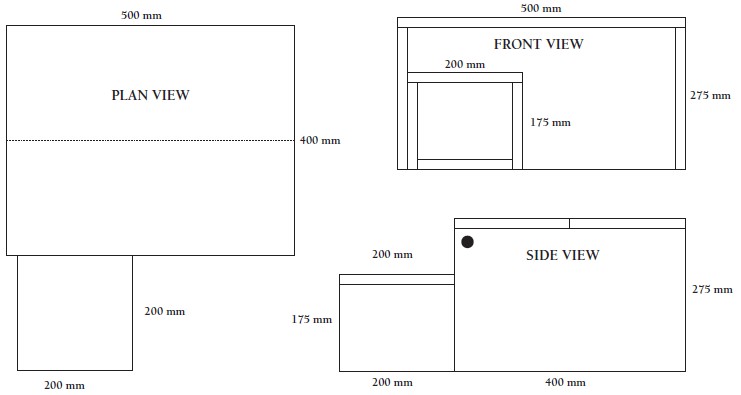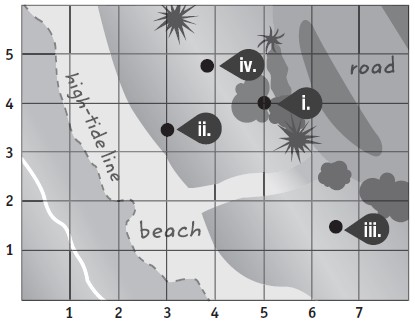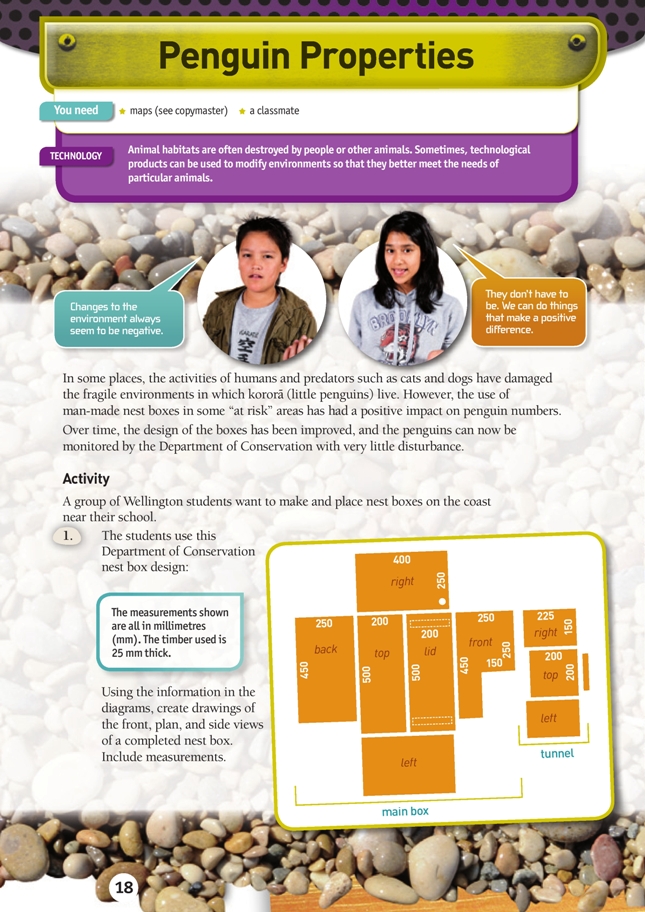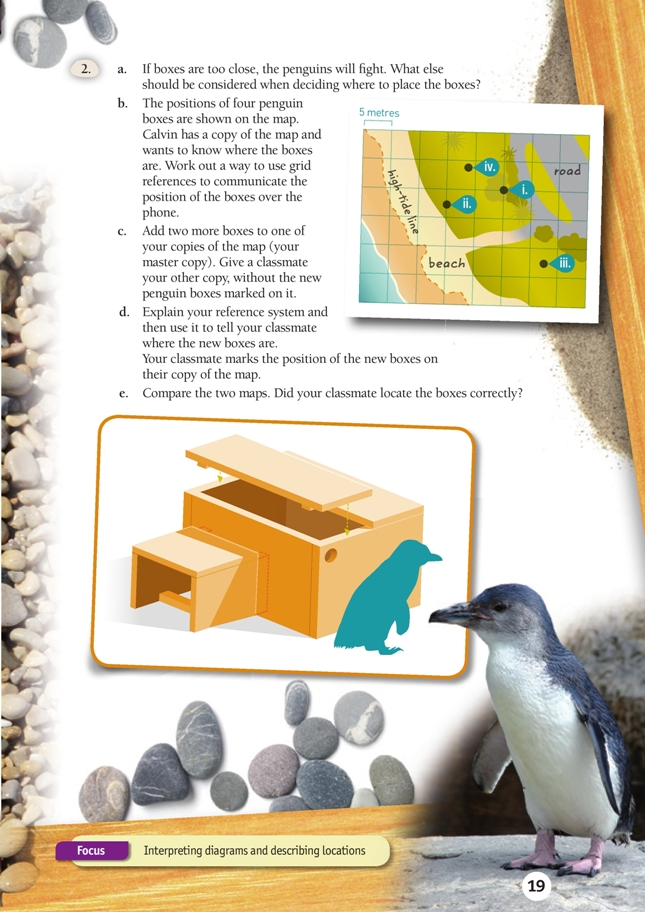This is a level 4 activity from the Figure It Out series.
A PDF of the student activity is included.
Click on the image to enlarge it. Click again to close. Download PDF (1515 KB)
Spatial-visualisation skills are important in many technical and scientific occupations. Reading, making, and using diagrams are good ways for students to develop these skills.
In these activities, students draw front, plan, and side views of a penguin nest box. They also use co-ordinates to describe the location of nest boxes positioned on a map.
maps (see copymaster)
a classmate
In this activity, students are presented with two types of scale diagrams – a plan of a penguin nest box and a map.
In question 1, students are asked to draw front, plan, and side views of the nest box. Spatial skills are required to interpret the diagrams and to visualise the resulting nest box. Students could transfer measurements onto the two-dimensional representation of the constructed nest box (see the map copymaster), using this as a guide for their front, plan, and side view drawings. Alternatively, a group of interested students could make a scale model that could then be used by other students to help them visualise the three views.
The thickness of the timber (25 mm) has been factored into the design. This explains why the lid is 500 mm while the front and back pieces in the diagram are only 450 mm wide. The thickness of the timber has also been incorporated into the plan views in the answers. Note that 25 mm of each tunnel side slots inside the box.
Discuss the language of geometry that is useful for describing three-dimensional shapes, for example:
- view (plan, front, side) – what you see when looking directly from above, in front, or from the side (includes all structural features but excludes decoration)
- face – a flat surface
- edge – the intersection of two faces
- vertex – the point where three or more edges intersect.
In question 2, students create their own grid reference system to describe the placement of the nest boxes. Students can choose whether to label the grid lines or the squares and whether to use letters or numbers. Ask students to evaluate how effective their method is.
Technology-related student activities
- Research the needs of an endangered animal and design a suitable habitat for it.
- Design an enrichment toy for a zoo animal.
- Research existing structures, such as the Maungatautari predator-proof fence, to learn how designers achieved desired outcomes.
Exploring the technology-related context
The wide variety of animal species and their needs provide excellent opportunities for inquiry and technological learning. Students are often enthusiastic about working on animal-related projects. Programmes designed to assist endangered species and protect their habitats can be used as examples of innovative technological practice.
Teachers are reminded that animal “technology”, such as beaver dams or chimpanzee fishing, does not fall within the domain of technology education.
Answers to activity
1. 
2. a. Several constraints need to be considered before placing the nesting boxes: the beach won’t be suitable, nor will places too close to the road. The boxes should be on the seaward side of the road. Using the grid references on the example map, the penguin boxes are located at:
i. (5, 4)
ii. (3, 3.5)
iii. (6.5, 1.5)
iv. (3.8, 4.75)
b. Methods will vary. One example is shown below:
c.–e. Results will vary.

